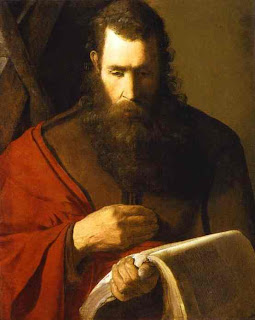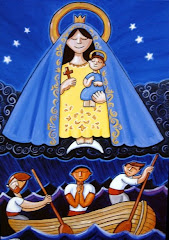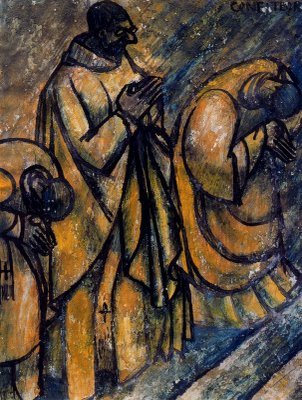
My dear friends,
I speak to you today on a matter of grave urgency – the need for an amendment to our state Constitution which will protect marriage. As you know, God is the author of marriage. It is a sacred commitment ordained by Him to be a life-long, exclusive relationship between one man and one woman. Yet, in state after state, marriage is being re-defined. Massachusetts has legalized same-sex marriage. “Civil unions” are legal in New Jersey, Vermont, New Hampshire, Connecticut, Maine, and California.
Pennsylvania has a Defense of Marriage Act. Still, there is always the danger that court challenges to overturn it will occur. Proponents of non-traditional alternatives to marriage are very motivated and well-financed. Already one proposed amendment to define marriage as the union of one man and one woman has been attempted in Pennsylvania.
I am asking you, at this time, to contact your state Senator to urge him or her to support an amendment to the Constitution of Pennsylvania defining marriage as the union of one man and one woman, with no recognition for any marriage-like unions. This weekend, in your parish bulletin, you will find the name and contact information for the Senator from your district. Please call, write or email as soon as possible. Pay a visit to his or her office if you can.
There are many who would say that the Church should not interfere in such matters. With my friend, Archbishop Chaput of Denver, I respond that American Catholics today face challenges not unlike those that faced the early Church. The Apostles and their successors preached the Gospel and people believed it, not just as a set of ideas, but in a way that made them unable to go on living like the people around them. In particular, early Christians believed that marriage was sacred. For them, following the practices of their Roman neighbors regarding human sexuality and marriage was unthinkable. So it is with us. In the long run, we serve our country best by remembering that we are citizens of heaven first. We are, in fact, better Americans when we are truly Catholic.
May Our Mother, Mary, who is the model of holiness, and St. Joseph, her most chaste spouse, intercede for us so that our efforts on behalf of marriage will be ever pleasing to her most gracious Son, our Lord, Jesus Christ.
Sincerely yours in Christ,
Most Reverend Joseph F. Martino, D.D., Hist. E.D.
Bishop of Scranton





